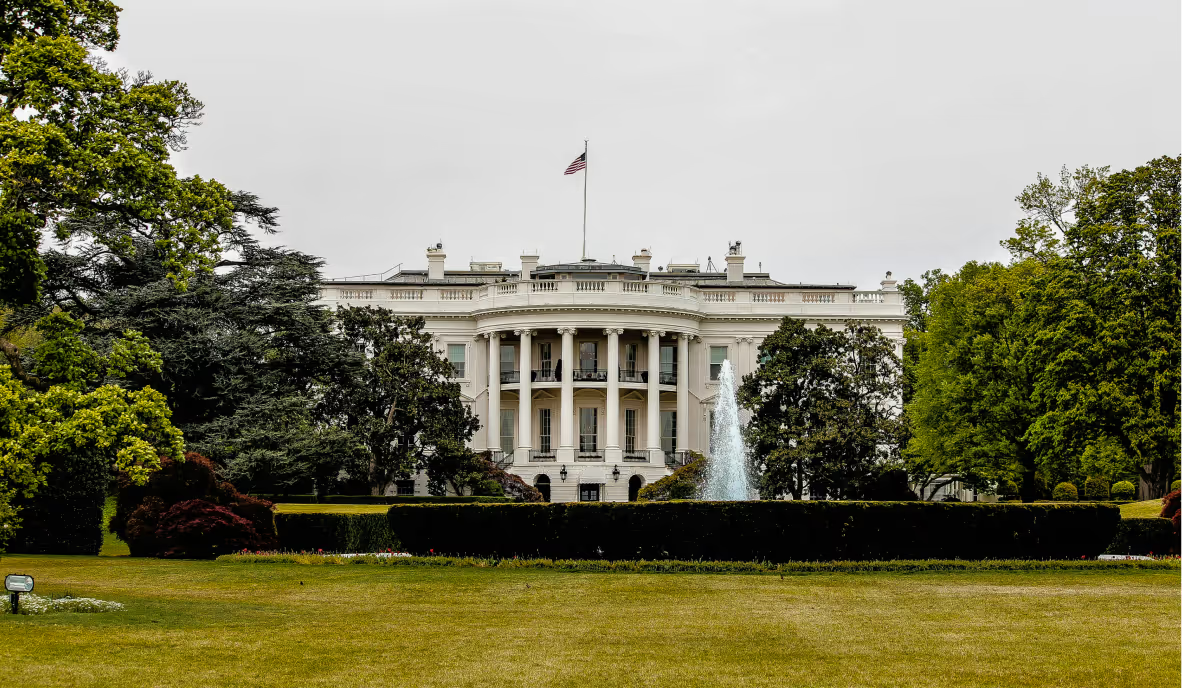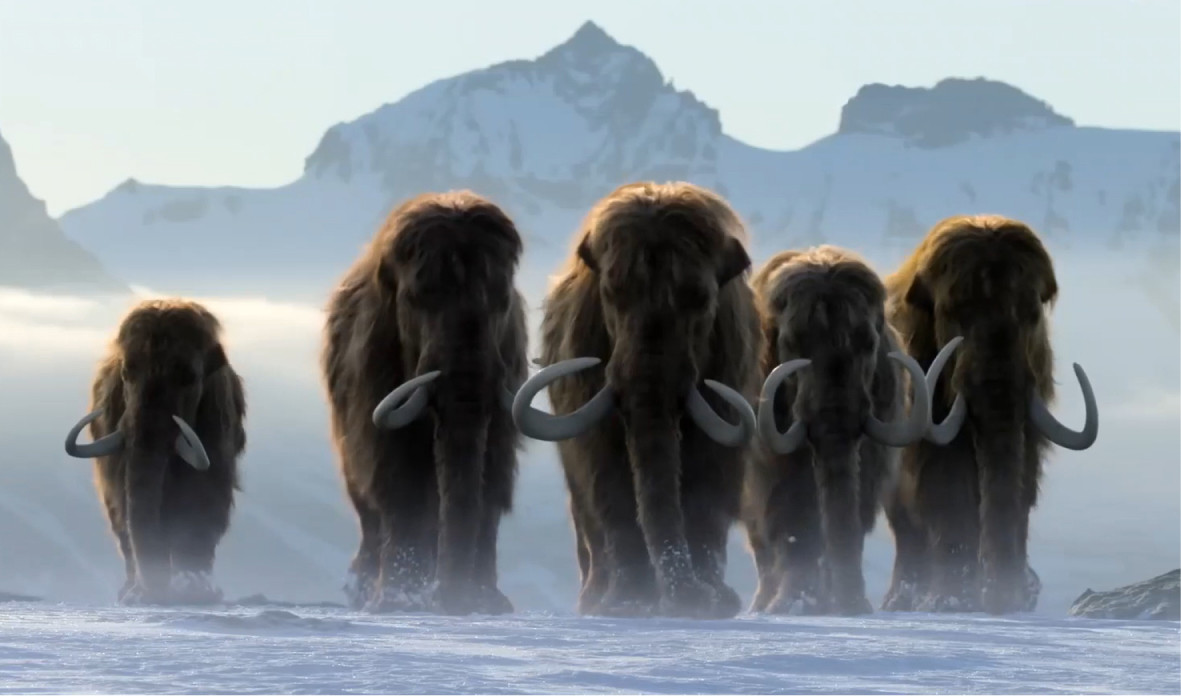The 8 Greenest U.S. Presidents

Join the community





Did you know which U.S. president established the Environmental Protection Agency? Or that despite being an avid hunter, Theodore Roosevelt did a lot for the environment?
While the U.S. has a long way to go to catch up to the public transit of Europe or the renewable energy growth in China, some presidents have made important moves to protect the environment.
Here are the 8 most environmentally friendly U.S. presidents:
Theodore Roosevelt, 1901-1909
In 1901, Roosevelt made environmental affairs a top priority when he entered the White House. He ensured that Yellowstone National Park could not be exploited for commercial purposes and established over 50 national bird refuges through executive action. Roosevelt also founded the U.S. Forest Service to stop excessive logging and mining on federal lands and created the first 18 National Monuments, including Muir Woods, Grand Canyon, and Devils Tower. He signed the Antiquities Act into law, giving presidents the power to proclaim federal lands as national monuments. During his time in office, he also created 50 wildlife refuges, 5 national parks, 51 bird preserves, and set aside 150 million acres of timberland.
Franklin D. Roosevelt, 1933–1945
FDR created the Civilian Conservation Corps in 1933, which employed 3 million men over nine years for tasks like tree planting and building campgrounds and trails nationwide. The corps implemented erosion control on 40 million acres of farmland and revegetated 814,000 acres of rangeland. He also established 140 wildlife refuges, 29 national forests, and 11 national monuments, including the George Washington Carver National Monument and sites that would become Zion and Joshua Tree National Parks. He used the Antiquities Act to enhance national monuments like Death Valley and Muir Woods.
Lyndon B. Johnson, 1963–1969
During a time of growing environmental awareness, Johnson signed several laws to better conserve natural resources. This included the Wilderness Act of 1964 and the Land and Water Conservation Act of 1965. His administration was also responsible for the Endangered Species Preservation Act of 1966. Johnson created or enlarged 50 national parks and monuments and added miles of land to the park system by establishing the National Trails System in 1968, which created the Appalachian and Pacific Crest Trails.
Richard Milhous Nixon, 1969-1974
In 1970, President Nixon created the Environmental Protection Agency, the first centralized government agency aimed at protecting the health of Americans and the environment. That same year, he helped set national ambient air standards through the Clean Air Act of 1970, requiring the EPA to enforce air pollution regulations. In 1972, he supported and signed amendments to the Water Pollution Control Act, setting technology standards for pollution abatement. The Nixon administration also passed comprehensive pesticide legislation with the Federal Insecticide, Fungicide, and Rodenticide Act in 1972, the Marine Mammal Protection Act of 1972, and the Endangered Species Act of 1973.
{{cta-join2}}
Jimmy Carter, 1977–1981
Jimmy Carter was the first U.S. President to install solar panels on the White House roof, symbolizing a shift towards renewable energy. In 1977, he launched the Department of Energy to tackle energy, environmental, and nuclear challenges. That same year, he signed the Surface Mining Control and Reclamation Act, which bans surface coal mining in national parks. Carter also established the Soil and Water Conservation Act and the Endangered American Wilderness Act. In 1980, he signed the Alaska National Interest Lands Conservation Act, protecting over 100 million acres and creating numerous national parks, wildlife refuges, and scenic rivers.
Bill Clinton, 1993–2001
In 1994, Clinton signed the California Desert Protection Act, converting Death Valley and Joshua Tree from monuments to national parks. This act also established 69 new wilderness areas, nearly 8 million acres, and created 10 national preserves and heritage areas. Clinton used the Antiquities Act to create the 1.7-million-acre Grand Staircase–Escalante National Monument in Utah, despite opposition. Overall, Clinton established 19 national monuments and enlarged three others using the Antiquities Act. Right before leaving office, his administration implemented the Roadless Rule, prohibiting road construction and timber harvesting on 58.5 million acres of national forest lands.
Barack Obama, 2009–2017
President Obama firmly believed that climate change posed the greatest threat to future generations and positioned the U.S. as a leader in addressing it. In 2010, he introduced the Clean Power Plan, which paved the way for the Paris climate agreement of 2015. Obama used the Antiquities Act more than any other president, creating over 20 national monuments. In his second term, he set a new record by establishing 29 new monuments and enlarging five, many of which honored Black history and the Civil Rights Movement. In his final days as president, he created three more monuments in Alabama and South Carolina, ensuring diverse representation in national parks. Obama also launched the America’s Great Outdoors Initiative in 2010 to promote community-based recreation and conservation.
Joe Biden, 2021–Present
President Joe Biden has made notable strides in environmental policy with three major initiatives. He signed the Inflation Reduction Act of 2022, which is a huge climate stimulus package. This law boosts clean energy projects and offers incentives for green energy. His administration also introduced a methane fee targeting large oil and gas producers, which will start with penalties in 2024 and increase through 2026. Under Biden’s leadership, the Senate also approved the Kigali Amendment to cut down on hydrofluorocarbons (HFCs), and the EPA has set regulations to enforce this reduction.












